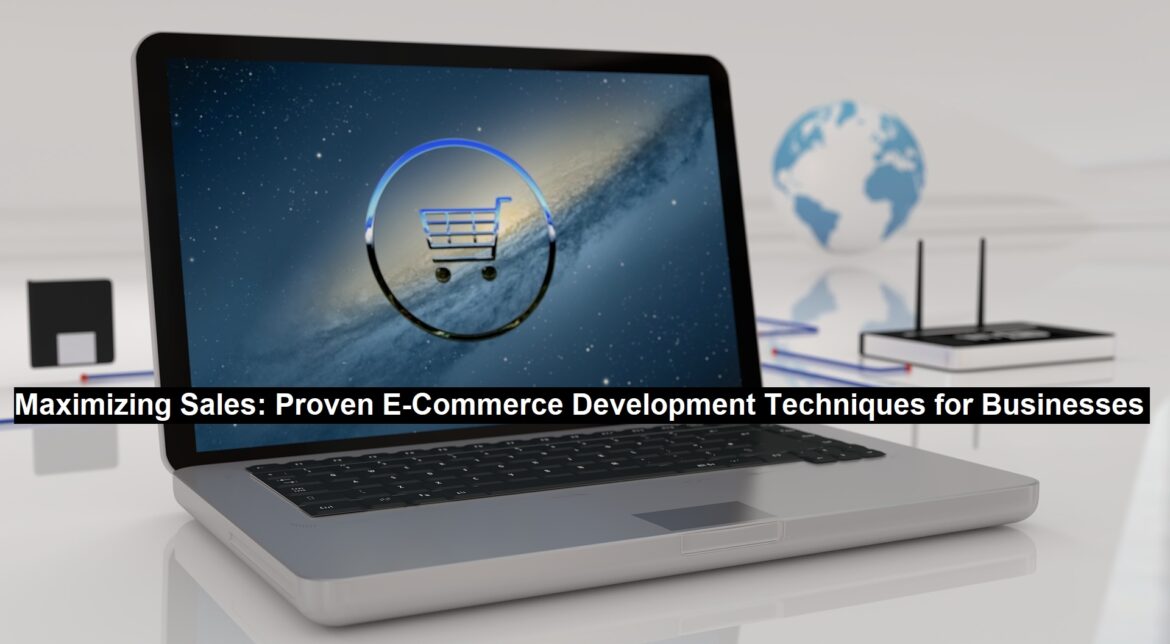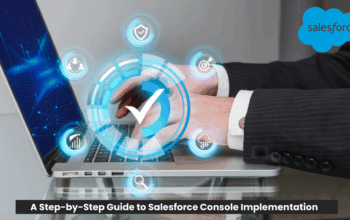Especially in today’s highly saturated internet market environment, having an effective e-commerce platform is vital for companies interested in increasing their revenue and customer loyalty. While consumers continue to turn to the internet to shop for products and services, get to easy and convenient the process must be. Site Creation brings together practical strategies and best practices in e-commerce development with tips on how to build relationships between them and your audience, speed up your site and integrate successful marketing approaches to get the most out of your business.
Best E-Commerce Development Techniques

1. Understanding Your Audience
It is essential to understand who your customers are if you receive your e-commerce development. To design the site that will meet your customer needs always research on their demographic status, preference, and shopping habits. It is helpful in crafting advertisements and/or other sales pitches that appeal to your buyer and therefore, create increased engagement between you and your targets.
2. Optimizing the User Interface (UI) and User Experience (UX)
When it comes to keeping the visitors on a site a well thought out UI and ease of navigation or UX are critical. Make sure that it looks good and is easy to use and utilises a responsive design layout. Addition of cta, menu, and search help in making usability of a site better. The Nielsen study also reveals that a positive design can encourage visitors to look at more pages and make purchases.
Read: Understanding Content Marketing vs. Branded Content
3. Enhancing Site Speed and Performance
Loading speed is important for user experience and consequently, impacts on rank on search engine results list. This is through, optimizing images, using browser caching and minimizing on the number of http requests for improved loading times. Website speed increases user experience and reduces the bounce rate that will eventually lead to an increased conversion rate.
4. Streamlining the Checkout Process
A fast and smooth checkout procedure means that there will be less number of customers who will abandon their shopping carts. Reduce the number of steps for an order to be completed, include one-click returning customer option and decrease fields in the order form. Additional measures to enhance trust such as the integration of trust seals like the secured payment badge should be taken in order to help convince the customers to make the purchase.
5. Leveraging Data Analytics and Personalization
This is through Data analytics enables you to track user’s activity, observe the rate of conversion and assess sales patterns. Now it is possible to use this information for the personalization of material, goods, or marketing promotions. Personalization enhances shopping preferences approach, hence enabling higher sales conversion rates.
6. Optimizing for Search Engines (SEO)
Marketing your e-commerce site using SEO is also important to enable the site to attract a good number of customers who will find it organically. This can be done by ensuring that the product’s actual title contains the corresponding keywords and that the product descriptions contain the relevant keywords also in the meta tags. Usability includes using alt tags to lessen image size and coming up with unique, extensive, and keyword enriched material. Keywords optimization A good SEO plan enhancesthe site ranking which leads to recognition by search engines and better market for the prospects.
7. Integrating Social Media and Influencer Marketing
Integration with social networks increases the customer circle and activates the audience. Make link icons available for customers to use in sharing their purchases. Influence recommendation, always engage influencers within your niche market and they help market your products.
8. Implementing Secure Payment and Data Privacy Solutions
This is because customers both local and international require secure payment methods and privacy of their information. Accept SSL certificates, maintain PCI DSS requirements, and provide several payment options, such as e-wallets. Clear privacy policies alleviate customers’ concern over their information so as to encourage confidence
9. Utilizing Email and Retargeting Campaigns
Promoting repeat purchases can be efficient with help of the email marketing as well as the retargeting. Automatically trigger send the abandoned cart emails, sending exclusive offers, and recommendations. Retargeting campaigns can show these people ads they saw on your site but did not make any purchases from and make them complete that process.
10. Leveraging Reviews and User-Generated Content (UGC)
Reviews and UGC can help build credibility through social proof which may also affect the decision made by a potential buyer. Use customer feedback by asking satisfied customers to provide a review and to use photos or videos in your site. This is true since UGC helps to establish trust, as well as increases the credibility of potential buyers to make better decisions.
11. Implementing Customer Support and Chatbots
Customer support such as, chatbot is crucial especially when dealing with questions and or seeking real time assistance. A chatbot can perform basic functions and answer frequently asked questions, help track an order, and lead a customer through a purchase process. Ensuring customers receive great support is important because this way you get to ensure they do not go away due to the problems they faced with the carts.
12. Monitoring and Continuous Optimization
The fact is that in the context of e-commerce, it is never too early to fine-tune the generated traffic. Evaluate analytics data often in order to discover successes and failures. It is very possible to conduct A/B test different design elements of this page, of the buttons such as ‘Click Here’, and of the marketing messages on this page. Essentially, with ever-advancing Change Management practices, e-commerce site can remain credible and relevant to customers’ expectations.
Conclusion
The application of these e-commerce development techniques can give a massive lift to your online store as well as sales. Exploring your audience and user functionality control, data utilisation, and reliability, each of the components goes into building a strong e-commerce niche. These processes guarantee that your site evolves to continue catering for customers’ needs beyond the initial stage, which forms the basis for long term growth of the business in what is highly fluid e-commerce domain.




